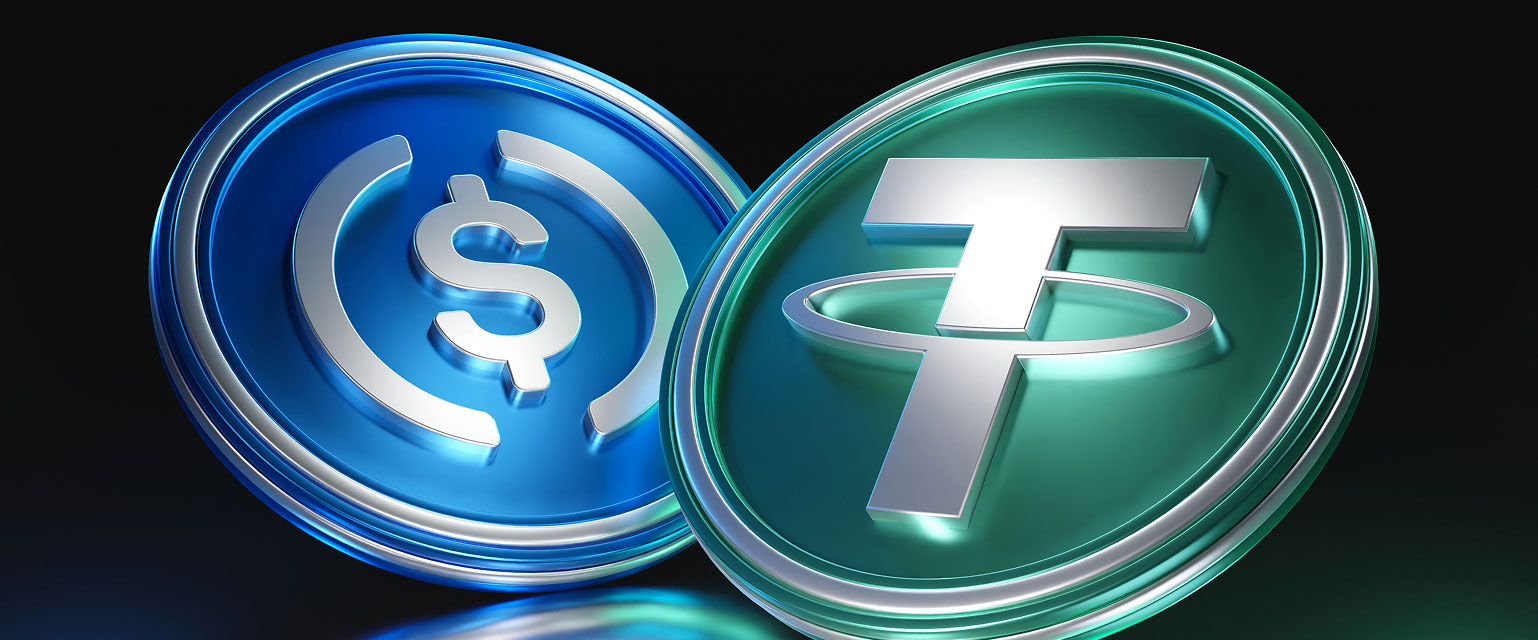While there has been a lot of speculation around blockchain-based financing lately, to date, it seems like everyone in space would agree that blockchain’s role in financial infrastructure increases. Primarily, it relates to the operations like securities settlement, payments in digital currencies, liquidity, and access through tokenization. The real blockchain’s value lies in security, transparency, and permanence, which gave birth to the phenomena of Secure Token Offerings (STOs) over time.
STOs make the most of blockchain and regulatory requirements to ensure asset liquidity and their wider availability. Typically, they are issued in the form of digital tokens as regulated securities.
Today, we prepared an essentials guide for everyone who plans to ‘test the waters’ with STOs. The article will be equally useful for all stakeholders in the tokenization space, be they token issuers looking for new ways of generating funds, or project investors interested in new sources of profits.
Why STOs? Opportunities for Issuers and Investors
STOs open broad opportunities for both issuers and investors, yet for each group, they go beyond simple money-making. Mindful of that, let’s break down the STO benefits by each one.
Token Issuers Leverage Fractional Ownership Possibilities
With STOs, token issuers can trade their assets online by leveraging the possibilities of blockchain technology. Besides generating the funds themselves, STOs allow them to generate liquidity. Simply put, issuers can make their illiquid assets (tangible or intangible) tradeable, thus increasing their liquidity.
For example, assets like antiques, paintings, or real estate are illiquid and usually traded through auctions or agents. As they are not digitized, it becomes difficult to fractionalize (split) their ownership among investors. Plus, these assets usually don’t have standardized specifications, which may negatively impact their valuation and investors’ interest.
Finally, some illiquid assets may be very valuable, which, in turn, may limit the pool of potential investors. And even then, many investors from this pool may not want (or not have the ability) to invest in these high-value projects or focus on one asset only, even if they believe in high returns.
STOs, on the other hand, give them the flexibility of fractional ownership, where they can split the illiquid asset into smaller tradeable fractions in the form of tokens. Moreover, they can raise the asset’s liquidity without even selling it. Given that, in theory, one can issue an infinite number of tokens, so they can be potentially owned by a larger group of investors.
Next, the divisible nature of STOs allows for raising funds from various parties while keeping the majority ownership. Meanwhile, smart contracts can be used to store specifications (such as valuations and authentications) on the blockchain, and they are available to all authorized investors in the network.
Since the data is safely located in a distributed storage, fraud risks are minimal thanks to immutability, security, and transparency. This may be particularly relevant in the real estate industry where owners may sell their rental income in portions as security tokens without going through listing procedures such as REIT.
For entrepreneurs and startups, STOs allow raising funds other than from traditional fundraising channels. A good choice for startups and small firms where investors increasingly prefer the potentially higher liquidity of exchange-traded STOs. Those are often traded at lower costs, which makes them an even more viable fundraising technique.
Finally, blockchain keeps all ownership records in a permanent and transparent manner that excludes practically any forgery possibility. What does it give to issuers? Besides having full records of their asset owners for easier identity verification, they are more efficient when it comes to compliance issues.
Challenges on the Way
The above-described perks look inspiring (at the very least); however, STOs are still in the nascent development stages. You have every reason to wonder why it is so, and the answer to this question may seem controversial.
No Single Classification
As of February 2019, there are at least 8 different technology taxonomies across 23 world jurisdictions that are related to crypto assets.
Considering different types of tokens, like payment tokens, utility tokens, and security tokens, only 7 jurisdictions out of 23 have explicit distinctions and classifications.
Lack of Legal Clarity
Although the investor’s identity may be recorded in a smart contract, the definition of tokens’ ownership usually lacks legal clarity or involves overlapping and even conflicting laws. For token holders, it’s essential to have certainty as to whether they have proprietary interests and if their legal rights are enforceable.
Regulation of Intermediaries
All parties in the STO process, be they infrastructure providers, asset intermediaries, promoters, issuers, or some others, are subject to regulations. However, most of their activities are unregulated as of today. For example, P2P exchange services and decentralized exchanges promote buying and selling of tokens, mining pools, and cloud mining services, which facilitates the mining of crypto assets. Yet, without proper legislation, investors may encounter ambiguity when performing trades.
Paper-based Processes
Many jurisdictions have paper-based requirements in securities offerings and transactions, which makes STO adoption a more challenging process. For example, Hong Kong’s stamp duty procedures have traditionally been problematic for issuing shares on the blockchain.
Valuation Problems
Although security tokens are often backed by real assets, their valuation remains difficult. If liquidity is uncertain, the accountants won’t be able to attribute the right value to the security token. Plus, each security token has a unique structure and design, which makes it difficult to find a referencing token for valuation.
AML and KYC
From the regulators’ perspective, one of the main concerns of cryptocurrency, in general, is that initial purchasers and traders don’t pass AML and KYC. As a result, regulators are increasingly establishing licensing regimes for crypto operators, requiring them to impose KYC-first requirements on financial firms.
On the other hand, the round-the-clock nature of crypto transactions complicates the performance of complete KYC without affecting the efficiency of transactions. With the introduction of more sophisticated on-chain analytics solutions, it’s likely to become less challenging and more insightful from the point of potential risks.
What Will Drive Further STO Development? Future Predictions
Even though STOs provide tremendous business opportunities for financial markets, investors, and issuers, they remain at the early stage of development. Eventually, at least these several factors will influence its future success.
Ecosystem and Stakeholders
Given that there are often assets that back STOs, they potentially can support a broad infrastructure for digitizing different asset types. Intermediaries, like brokers and banks, may advise issuers on what assets to digitize while for service providers (such as agents, custodians, solution services, and others), they can help shape the landscape of the future STO.
Regulations
Regulators still have much work to do; essentially, they should comprehensively describe rules and requirements to cover the related STO activities or issues (for example, what linkage should be enabled between virtual assets and underlying assets. Security token trading has no borders, and that’s why regulators around the globe should cooperate to regulate and supervise STOs.
Platform Credibility
Reputable trading platforms are essential for investors as they want to transact with confidence. That is, to enhance credibility, trading platforms should implement the right licensing and protocols in terms of compliance, accounting, auditing standards, and more.






